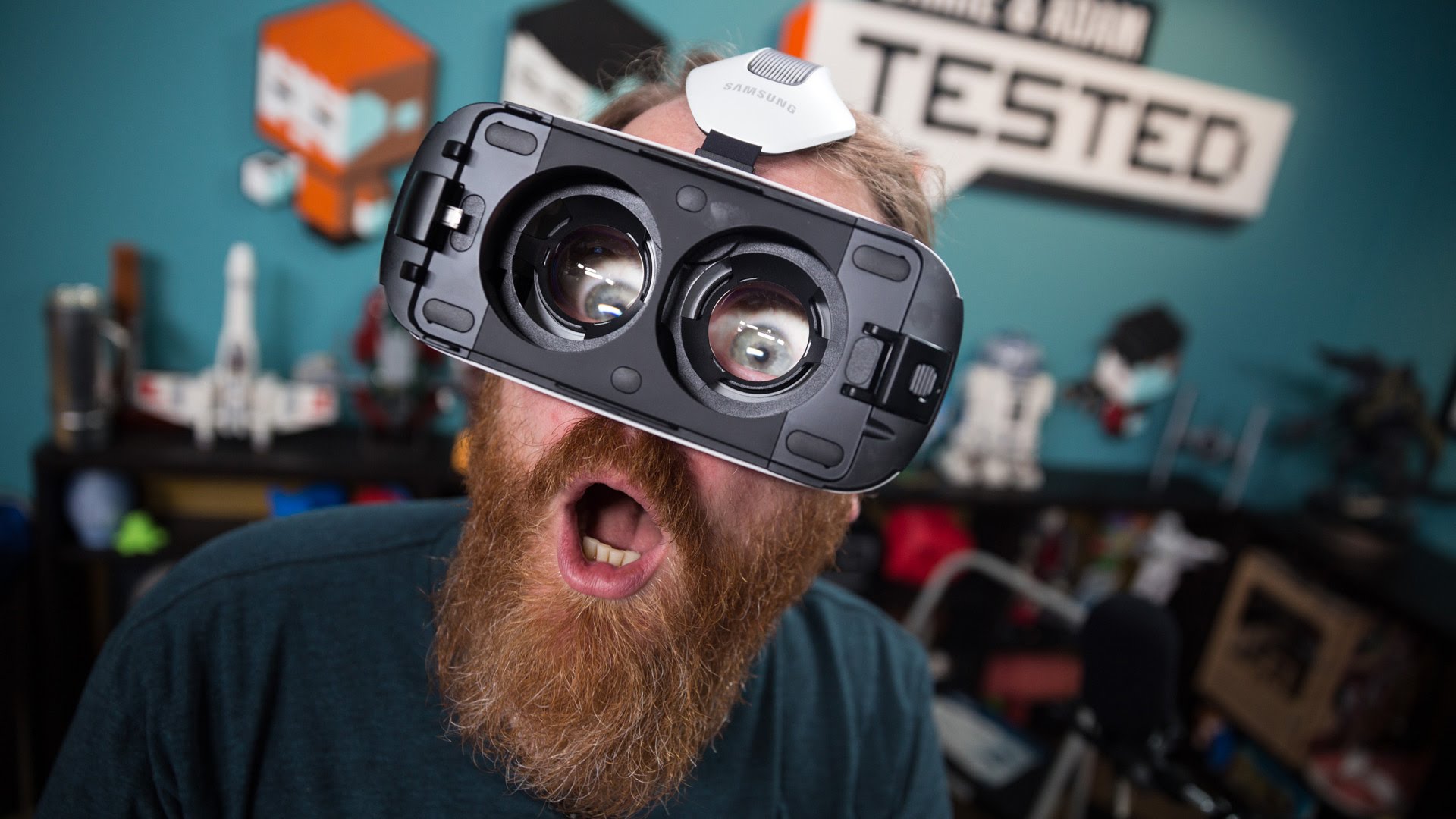Current VR Happening
“Step into a new reality with Virtual Reality”
What is Virtual Reality?
Virtual Reality (VR) is a computer-generated simulation of a three-dimensional environment that can be interacted with using specialized equipment such as a headset, gloves, or other devices. The user is fully immersed in the simulation and can interact with objects and environments as if they were real. People often use VR for entertainment, gaming, and training purposes. However, it also has applications in fields such as education, Healthcare, and more as the future of virtual reality advances.
FOR SERVICES
Types of VIRTUAL REALITY
There are several types of virtual reality, including:
Non-immersive VR
Semi-immersive VR
Fully-immersive VR
Augmented Reality (AR)
Mixed Reality (MR)
What are the current advancements in the world of virtual reality?
There have been several recent advancements in virtual reality technology, including:
- Wireless VR Headsets: VR headsets that don’t require a computer or console are becoming more common, allowing users to experience VR on their own. This increases the freedom of movement and immersion for the user.
- Hand and Finger Tracking: Hand and finger tracking technology allow users to interact with virtual environments using their own hands, making the experience more natural and intuitive.
- Eye Tracking: Eye tracking technology allows VR systems to track the user’s eye movements and adjust the virtual environment accordingly. This can improve the realism and immersion of the experience.
- 6DoF (Six Degrees of Freedom) Controllers: 6DoF controllers allow users to move and interact with virtual environments in a more natural way, by allowing them to move in all directions and not just rotate.
- Social VR: Using social VR, users can connect to virtual worlds and interact with avatars that represent their identities in virtual environments.
- Haptic Feedback: Haptic feedback technology allows VR systems to provide tactile sensations to the user, such as vibrations or pressure, making the experience more immersive and realistic.
Augmented Reality (AR) and Mixed Reality (MR): AR and MR technologies, which combine virtual elements with the real world, are becoming more prevalent in VR. These technologies have the potential to greatly expand the potential uses for VR.
These advancements in VR technology are helping to make the VR experience more immersive and realistic and expanding the potential applications of VR in various fields such as entertainment, education, healthcare, and many more.
Relationship Between Virtual Reality and Augmented Reality
Virtual reality and augmented reality are closely related technologies, but they differ in how they interact with the real world.

Virtual Reality
VR technology creates a fully immersive, computer-generated environment that completely replaces the user’s perception of the real world. Using VR headsets, gloves, and other devices, users interact with the virtual environment in real time by moving and acting. Gaming, entertainment, and simulation are some of the most common uses of virtual reality.
Augmented Reality
AR technology overlays virtual elements, such as images, text, and 3D models, onto the user’s perception of the real world. AR glasses track real-time movement and actions of users using smartphones, tablets, or AR glasses. AR commonly finds application in education, training, and visualizing data in real-world scenarios.

Difference Between VR and AR
The main difference between the two technologies is that VR creates a completely immersive experience, while AR enhances the user’s perception of the real world with virtual elements. Both technologies have their own set of uses and benefits, but they can also complement each other in certain scenarios.
For example, VR can be used to create highly realistic simulations for training and education, while AR can be used to provide real-time information and guidance in real-world scenarios. Additionally, some companies and researchers are working on creating a hybrid of both technologies, called Mixed Reality (MR), that allows users to interact with both virtual and real-world elements in a seamless way
To conclude both terms Virtual Reality and Augmented reality, are two distinct but related technologies, with VR creating fully immersive virtual environments and AR overlaying virtual elements in the real world. Both technologies have their own specific uses, but they can also be used together to create a more immersive and interactive experience.
